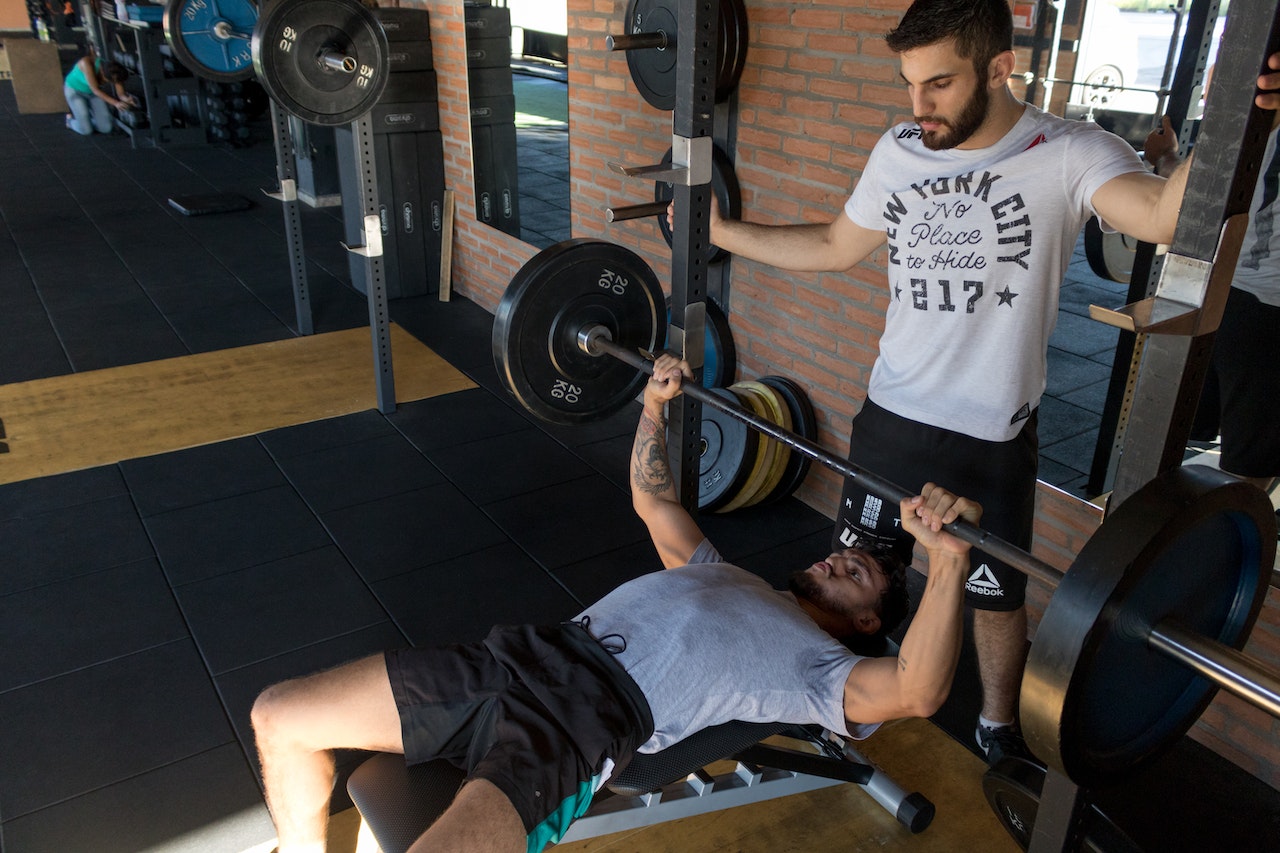
Disclosure – this is a collaborative post.
If you’re thinking of training to become a personal trainer, then take a look at our following post. From gaining the right knowledge and expertise, to how to legally cover yourself, we’ve covered everything you need to know about starting out as a personal trainer. Keep reading to learn more.
Gain Education And Certification
There are a number of different routes into qualifying as a personal trainer. Obtaining a high school diploma or equivalent and considering pursuing a relevant degree or diploma in subjects like sports science or exercise science is one option. Research reputable certification bodies such as REPs, CIMSPA, or NRPT, and select a recognised certification program aligned with your goals. Study materials covering anatomy, physiology, exercise programming, and client assessment. Prepare for the certification exam through thorough review and practice tests. Upon certification, consider joining professional organisations for ongoing support. Continuously update your skills through workshops, conferences, and additional certifications to stay current with industry standards and enhance your expertise as a personal trainer. Visit studyactive.co.uk to find out more about training courses to qualify as a personal trainer.
Gain Experience
Gaining experience as a personal trainer is essential for professional growth. Begin by offering discounted or free sessions to friends, family, or local community members to build a client base. Seek opportunities to assist established trainers or work at fitness centres to learn from experienced professionals. Volunteer at events, sports teams, or local gyms to gain exposure and practical experience. Consider internships or apprenticeships at fitness facilities to further develop your skills. Utilise social media platforms to share valuable content and attract potential clients. Continuously seek opportunities to learn, network, and refine your training techniques, allowing you to build a strong reputation and solidify your expertise as a personal trainer.
Build Your Client List
Building a client list as a personal trainer requires a strategic approach. Start by leveraging your existing network and offering introductory sessions to friends, family, and acquaintances. Encourage satisfied clients to refer you to their contacts. Utilise social media platforms to showcase your expertise through informative content and success stories. Collaborate with local businesses, such as health clinics or wellness centres, to offer joint promotions or referral programs. Consider hosting workshops, seminars, or fitness challenges to attract potential clients. Engage in community events, join local fitness groups, and offer trial sessions to generate interest. Providing exceptional service, delivering results, and maintaining a professional reputation will help you attract and retain clients over time.
Take Out Liability Insurance
Obtaining liability insurance is crucial for personal trainers. It provides essential protection against potential lawsuits and financial risks. While personal trainers strive to create safe environments, accidents or injuries can still occur during training sessions. Liability insurance safeguards personal trainers by covering legal expenses, medical costs, and potential damages in the event of a client’s injury or property damage claim. It offers peace of mind, ensuring that trainers can focus on their clients’ well-being without worrying about the financial implications of unforeseen incidents. Liability insurance is a responsible and necessary investment that protects personal trainers from potential liabilities and safeguards their professional reputation.
Continuously Update Your Knowledge
Continuous knowledge updates are essential for personal trainers. The fitness industry is dynamic, with new research, techniques, and trends constantly emerging. Updating knowledge allows trainers to provide clients with the most effective and evidence-based training methods. Staying current helps trainers adapt to changing client needs, tailor programs accordingly, and ensure client safety. It enables them to address diverse populations, such as clients with specific medical conditions or unique goals. Additionally, ongoing education enhances professional credibility and differentiates trainers in a competitive market. By continuously expanding their knowledge, personal trainers can deliver the highest level of service, achieve better client outcomes, and maintain a successful and thriving career.
Disclosure – this is a collaborative post.
